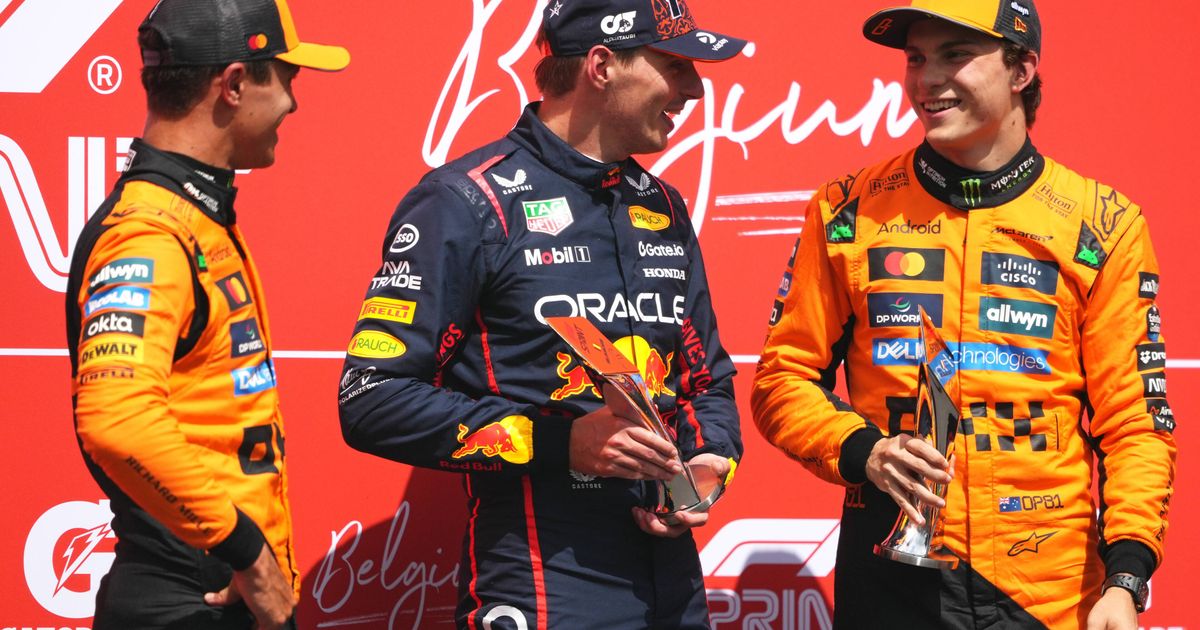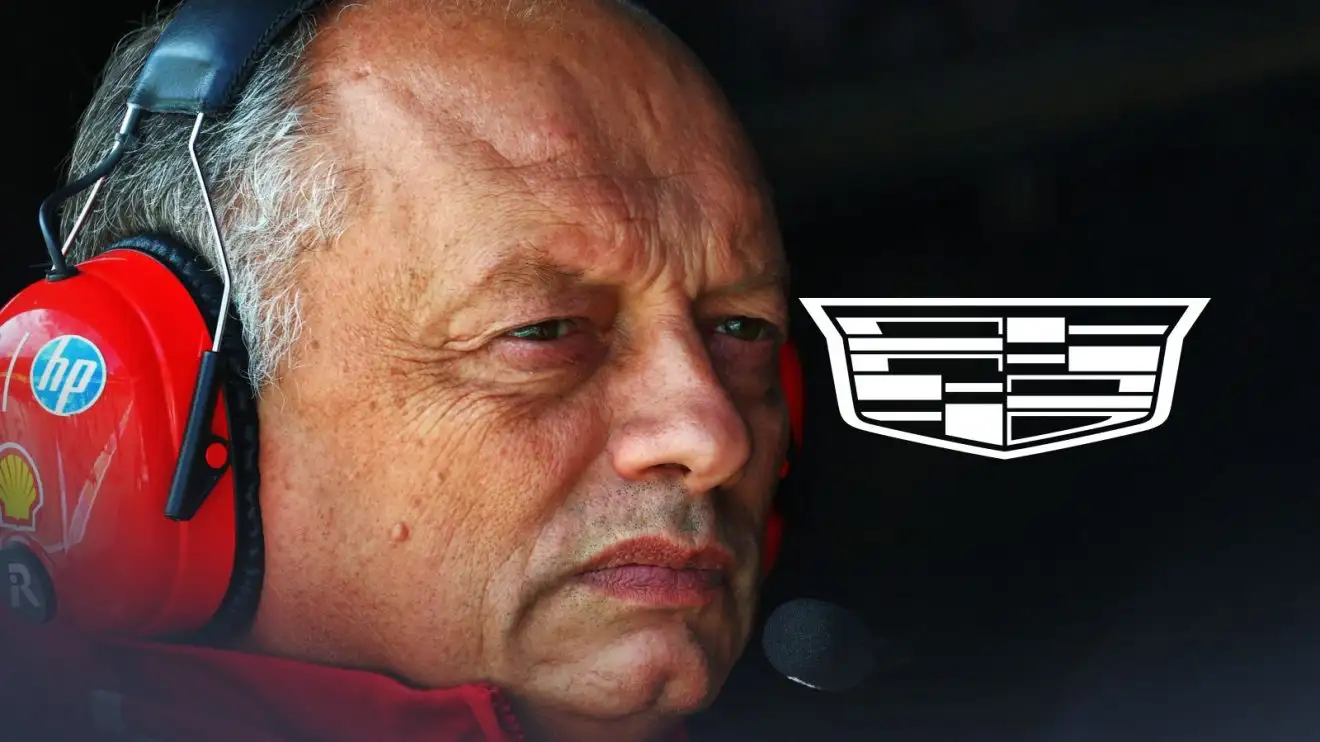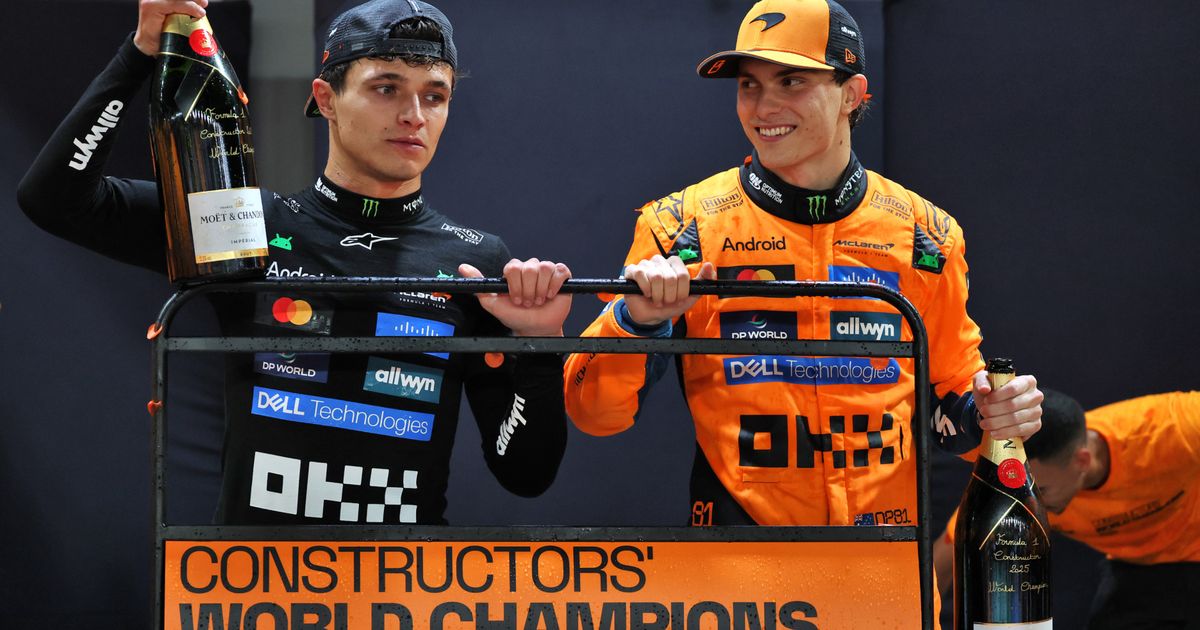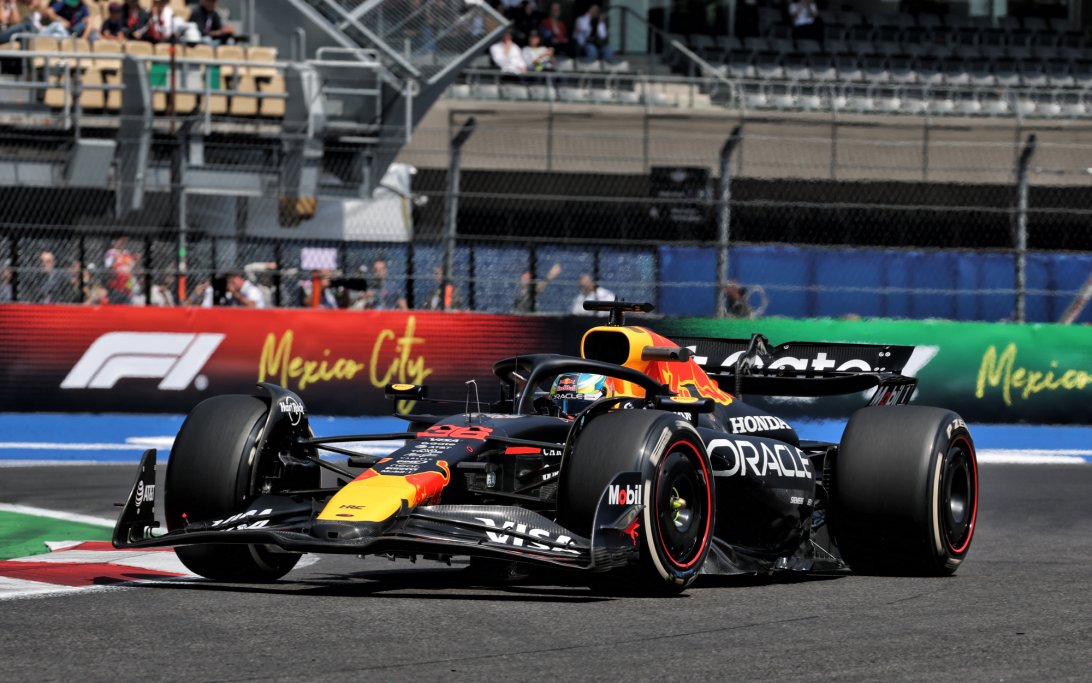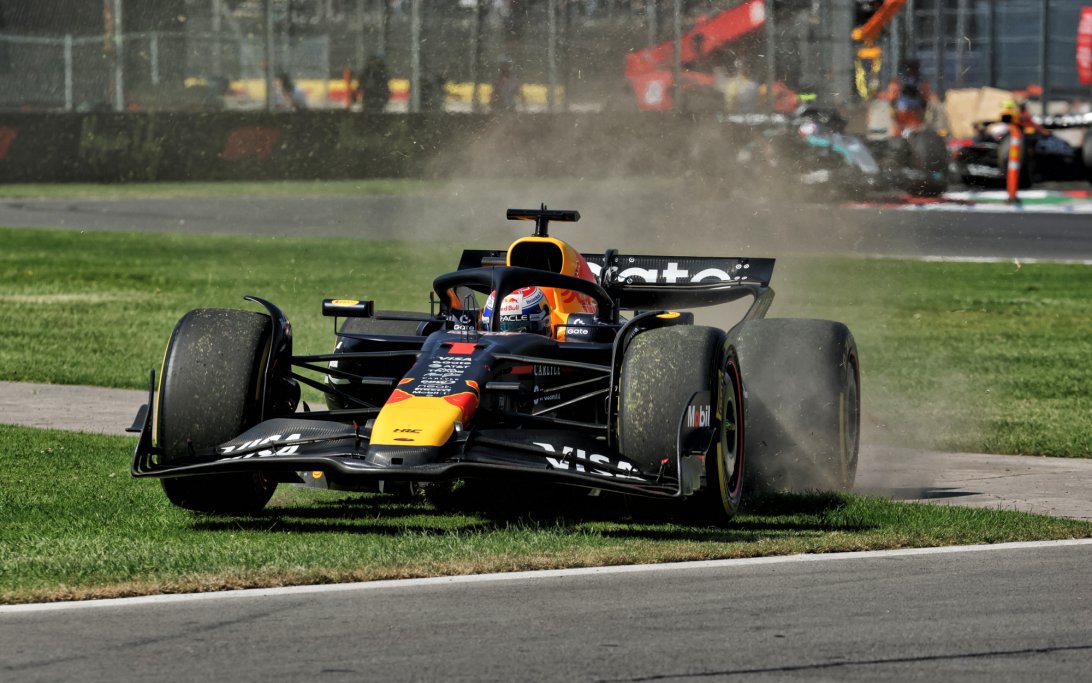
Why Red Bull's Mexico F1 Slump Shouldn't Cause Alarm
Red Bull's recent struggles at the Mexico City Grand Prix, particularly Max Verstappen's complaints about extremely low grip, weren't due to a fundamental flaw in the RB21 but rather the unique atmospheric conditions and a new floor modification. Technical expert Paolo Filisetti explains why the team can bounce back strong in São Paulo.
Why it matters:
Red Bull's performance in Mexico raised some eyebrows, given their dominance throughout the season. Understanding the specific reasons behind their partial setback is crucial for assessing their championship prospects and anticipating their performance in upcoming high-stakes races. A clear explanation offers perspective beyond simple car failures, highlighting the intricate balance of F1 engineering and environmental factors.
The details:
- Low Grip Issues: The primary complaint from Max Verstappen and others was the exceptionally low grip, making it difficult to find the car's limits during braking and acceleration.
- Floor Modifications: Red Bull introduced a modification to the floor's side edge in Mexico to enhance airflow quality along the sidepods. Extensive flow-viz testing was conducted to evaluate airflow detachment in the undercut area.
- Vortex Generation: The modified profiles aimed to generate vortices to divert turbulent outgoing air outwards, ensuring maximum floor effectiveness.
- Altitude Impact: Mexico City's thin atmosphere, which significantly reduces downforce from both wings and, crucially, the floor, limited the RB21's effectiveness. Although the floor design (introduced at Monza and evolved in Mexico) had been highly effective in previous races, it couldn't perform optimally under these specific conditions.
- No Fundamental Flaw: The issue wasn't a fundamental design flaw, but rather the RB21 not being the car most adept at generating downforce from its bodywork in such extreme conditions.
McLaren comparison:
In contrast, McLaren, particularly with Lando Norris, maximized dynamic performance despite the low overall downforce, largely due to an optimal setup. The performance disparity between Norris and Oscar Piastri highlighted the narrow margin between success and struggle in Mexico's unique environment.
What's next:
The upcoming Interlagos circuit in São Paulo, despite its moderate altitude (around 700 meters above sea level), favors a medium-to-high downforce setup. This configuration, combined with the RB21's recently rediscovered balance, could play to Red Bull's advantage.
- The RB21's traction characteristics could be particularly beneficial in the track's middle section, where equilibrium is key.
- The championship battle remains open, and a misstep in Brazil could prove decisive in the final races of the season.
Original Article :https://racingnews365.com/why-red-bull-should-not-be-worried-about-mexico-f1-slu...



